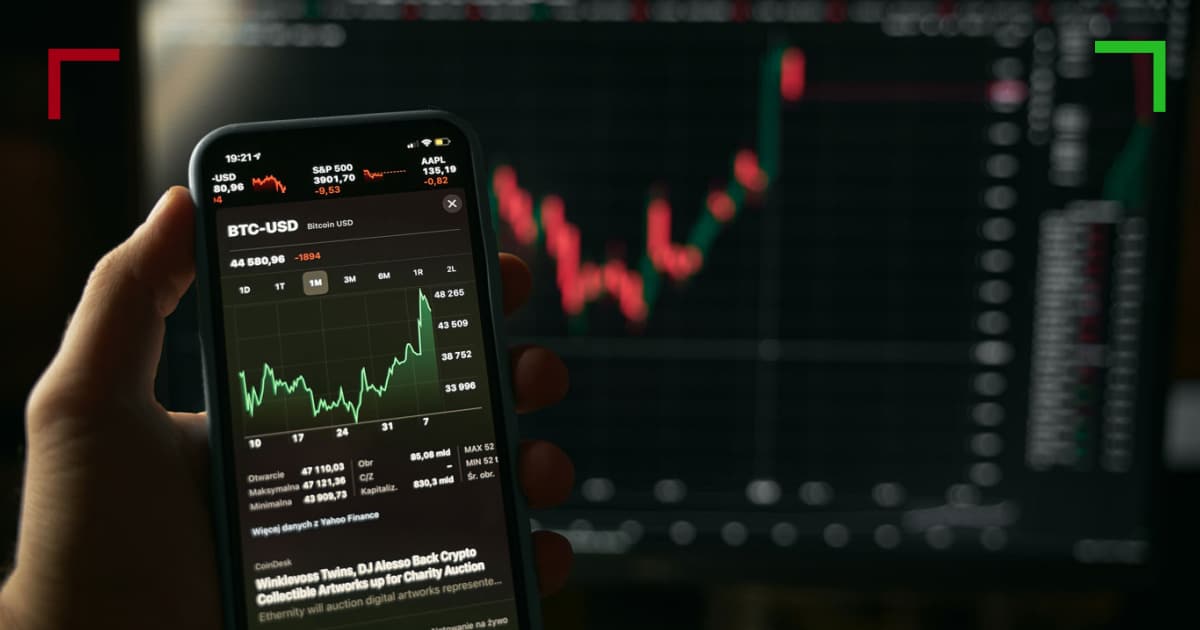Effective Trading Crypto Strategies for Maximum Profit

Effective Trading Crypto Strategies for Maximum Profit
Cryptocurrencies have become a backbone of modern digital finance, captivating the attention of both seasoned investors and newcomers. As the market continues to evolve, developing effective trading crypto strategies is critical for achieving success. In this article, we will delve into various strategies designed to optimize your profits and minimize risks in the volatile world of crypto trading. For more insights, you can watch this informative video: Trading Crypto Strategies https://www.bitchute.com/video/C23RYPqiI0Ee/
Understanding the Crypto Market
Before diving into strategies, it’s essential to understand the nature of the cryptocurrency market. Unlike traditional financial markets, the crypto market operates 24/7, meaning price movements can occur at any time. This volatility presents both opportunities and challenges. Prices can fluctuate widely within minutes, influenced by various factors such as regulatory news, technological advances, and market sentiment. Understanding these dynamics is crucial in forming effective trading strategies.
Common Trading Strategies
A plethora of trading strategies exist, each with its unique approach to navigating the crypto landscape. Below are several common strategies that traders use to increase their chances of success:
1. Day Trading
Day trading involves making multiple trades within a single day, capitalizing on short-term market movements. Traders analyze various indicators and market trends to predict price changes. This strategy requires a significant time commitment and close monitoring of the market. Tools like candlestick charts and volume indicators are frequently used to inform decisions.
2. Swing Trading
Unlike day traders, swing traders hold positions for several days or weeks, aiming to capture more significant price movements. This strategy relies on technical analysis to identify optimal entry and exit points. Swing trading is suitable for individuals who cannot monitor the markets continuously but still wish to engage actively.
3. HODLing
HODLing, a term derived from a misspelled forum post, refers to a long-term investment strategy where traders buy cryptocurrencies and hold them through market fluctuations. Proponents of this strategy believe in the long-term potential of specific cryptocurrencies, advocating that their value will rise significantly as adoption increases.
4. Scalping
Scalping is a high-frequency trading strategy that focuses on making small profits from minor price changes. Scalpers execute dozens or even hundreds of trades per day, aiming to leverage small price movements. This method requires a disciplined approach, quick decision-making, and an understanding of market trends.
5. Arbitrage

Arbitrage trading exploits price discrepancies between different exchanges. Traders buy a cryptocurrency at a lower price on one platform and sell it at a higher price on another. Though opportunities for arbitrage arise often, they require swift execution and a keen eye to minimize risks associated with transfer times and fees.
Risk Management Strategies
A crucial aspect of trading is managing risk to protect your capital. Emphasizing effective risk management strategies can significantly enhance your trading experience and results. Here are some techniques:
1. Use Stop-Loss Orders
A stop-loss order automatically sells your asset when it reaches a predetermined price, minimizing potential losses. Implementing stop-loss orders can help mitigate the risks of sharp market downturns and prevent emotional decision-making from impacting your trades.
2. Diversification
Diversifying your crypto portfolio involves investing in multiple cryptocurrencies rather than concentrating on a single asset. This strategy helps spread risk, as different coins may react differently to market changes.
3. Position Sizing
Proper position sizing dictates how much of your capital you will invest in a particular trade. This strategy helps protect your capital in the event of a loss, ensuring that no single trade can significantly deplete your balance.
The Importance of Continued Education
The world of cryptocurrency is ever-evolving, making continuous education vital for traders. Staying updated on market trends, regulatory changes, and technological advancements can give traders a competitive edge. Online forums, webinars, and potentially informative videos can illuminate various aspects of crypto trading and contribute to more informed decision-making.
Utilizing Technical Analysis
Technical analysis involves assessing cryptocurrencies based on statistical trends gathered from trading activity. Through analyzing price charts and using tools like moving averages or Relative Strength Index (RSI), traders can identify potential buying or selling opportunities. Mastering technical analysis can enhance a trader’s ability to predict market movements and refine their strategies.
Conclusion
Trading cryptocurrencies presents both exciting opportunities and considerable risks. By understanding the market, employing various trading strategies, and emphasizing risk management, traders can better position themselves for success. Remember that patience and discipline are paramount in this fast-paced environment. As the crypto market continues to grow, staying informed and adaptable will be your greatest assets in maximizing profits and navigating the complexities of cryptocurrency trading.

